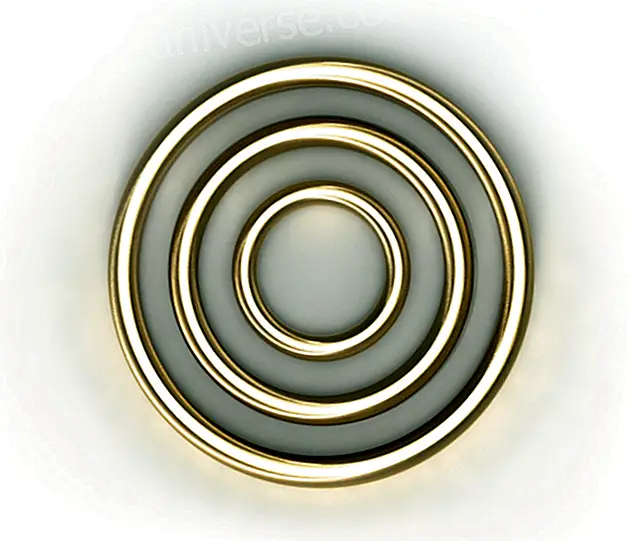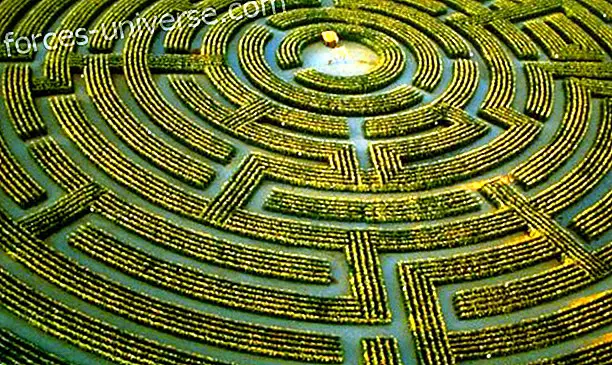
Where does Méliès come from? How did you imagine your extraordinary universe?
What were your sources of inspiration?
The play of shadows, the magic lantern, the time lapse in photography, phantasmagoria, magic and fantasy, was what gave rise to Georges Méliès' films and works of art. The mobile iconography of the "art of deception", full of demons and restless monsters, seen day or night, engendered a strange cosmogony that profoundly influenced the work of Méliès, the magician.
As for cinematography, Méliès immediately made it his own in order to create a new phantasmagoria, one that was made more dynamic by the invention of tricks, now known as "special effects".
Lifetime
Georges Méliès, like the vast majority of people born in France in the 1800s, was Catholic. Biographical information about this important film pioneer reveals very little about their religious beliefs and practices. Nothing is known to indicate whether he was particularly devout, anti-religious or unorthodox.
He was born in Paris on December 8, 1861. Youngest son of the owner of a shoe factory, his first interests included puppets and stage magic. At the age of 23, during a visit to London, he was fascinated by illusionism and, in 1888, when his father retired from the family's footwear business, the considerable fortune he received allowed him to buy the old theater run by the wizard Robert Houdin. In that small theater, he created magical scenes that offered complex tricks that later served him in his films.
The stage that Méliès had in his career on stage, was very successful, however everything changed when he was invited to an exhibition of the Lumière brothers (inventors of the cinematographer). Méliès sat in the basement of a cafeteria along with other spectators who were stunned watching the images move on the wall. Méliès, however, saw more than images; He saw the future.
He wasted no time, because within a few months of having his own camera, he produced serial movies during the first months. He filmed street scenes, card games, factory doors, cityscapes, everything that was suitable for a moving image, which was, of course, anything at all.
He used the new medium with documentary intent: his “agile” eye, investigated a wide range of current issues, from the intimacy of the family circle to the destruction caused by the politics of power. It was in this documentary context that Méliès appeared as a real innovator in the field of matter. He was the first to conceive the movie as a vehicle for fairy tale and fantasy. Where others were satisfied with the recording of reality in a straight way, Méliès set out to record the wonders of a new type of “actuality”, built from painting, canvas and theater halls, but at the same time released of the physical ailments that the theater produced.

Like all magicians, Méliès glorified in his apparent powers, the physical limitations of the natural world; it was quick to detect in the new medium the possibility of adding these powers to a large extent. The particular kind of fantasy in which Méliès got involved, went to the charming, good-natured, impregnated with a great mood. He created a world of wonders, which falls into a cheerful poetry and an entertaining fantasy.
Special effects magician, Méliès applied techniques were associated with illusion and magic lanterns to film everything: from pyrotechnics and optical effects to stopping movement, dissolving perspectives, multiple exposure, assembly and color effects ... as if this Virtuous technician would have invented and used all the tricks in the repertoire of each movie.
His work
It is not known in depth about the personal life of Méliès, however, it is not difficult to realize the creativity, knowledge, sleep, ingenuity, simplicity, human quality and deep spirituality of this wizard of cinema.

Each of his works contains themes such as astronomy, cosmogony, religion, alchemy, magic, spiritualism, among others; so that "unintentionally" demonstrates a knowledge and awareness of the human being.
In the movie The Alchemist Parafaragamus or the infernal retort (1906), a magician falls asleep in a chair next to a table on which a retort (a glass vessel with an outlet tube) sits. A snake crawls under the table, which becomes a demon. After a few somersaults, the devil awakens the magician and prepares him for a series of visions of his own repressed thoughts. You can know that they are your own thoughts because the devil begins by giving you a mirror where you can see those that are lurking. The retort begins to expand to a huge size, like a bubble in which the thoughts of a character are observed in a comic strip. The magician falls back into sleep and throws himself into psychic anguish as the devil elaborates a series of images of dreams that are both horrible (a spider) a giant and a flying ghost) and frustrating (an inaccessible maiden spreading flowers). The magician wakes up only to collapse from tension and, when his two servants enter to find him prostrate on the ground, his mind finally bursts: the retort explodes to reveal the demon again, which delights in his victory. Like the assistant character with excessive confidence in the movie The Man with the Rubber Head, the magician in The Alchemist Parafaragamus, has been punished for the arrogance that is common to his profession: the illusion that he can really control the forces that are much more powerful than he.
It would be difficult to say if its importance is due to the fact that he was the first poet and fantasy director on the screen or because he was one of the first creative technicians of the cinema. Discovered and used with imagination most of the basic cinematographic resources. He conceived cinema as a form of personal expression (and was probably the first to do this). He felt he had to be responsible for all aspects of the movie; He believed that it was uncomfortable for other substitutes to carry out the production details. He was a cartoonist, magician, artifact builder, theater director, actor, set designer, technician, as well as producer, director and distributor of films.
Where do the magicians come from?
It was no coincidence this production of work.
The passion for imagination and fantasy, the feeling of creating, the pain of self-contact that occurs at the time of creating a work, tells us about a pure, clean, naive and pure spirituality. worthy of admiration. Little is known about the spiritual life of Georges M li s, however his knowledge and his deep awareness of the mysteries that the human being keeps inside his mind, his heart and his heart is undeniable soul.






